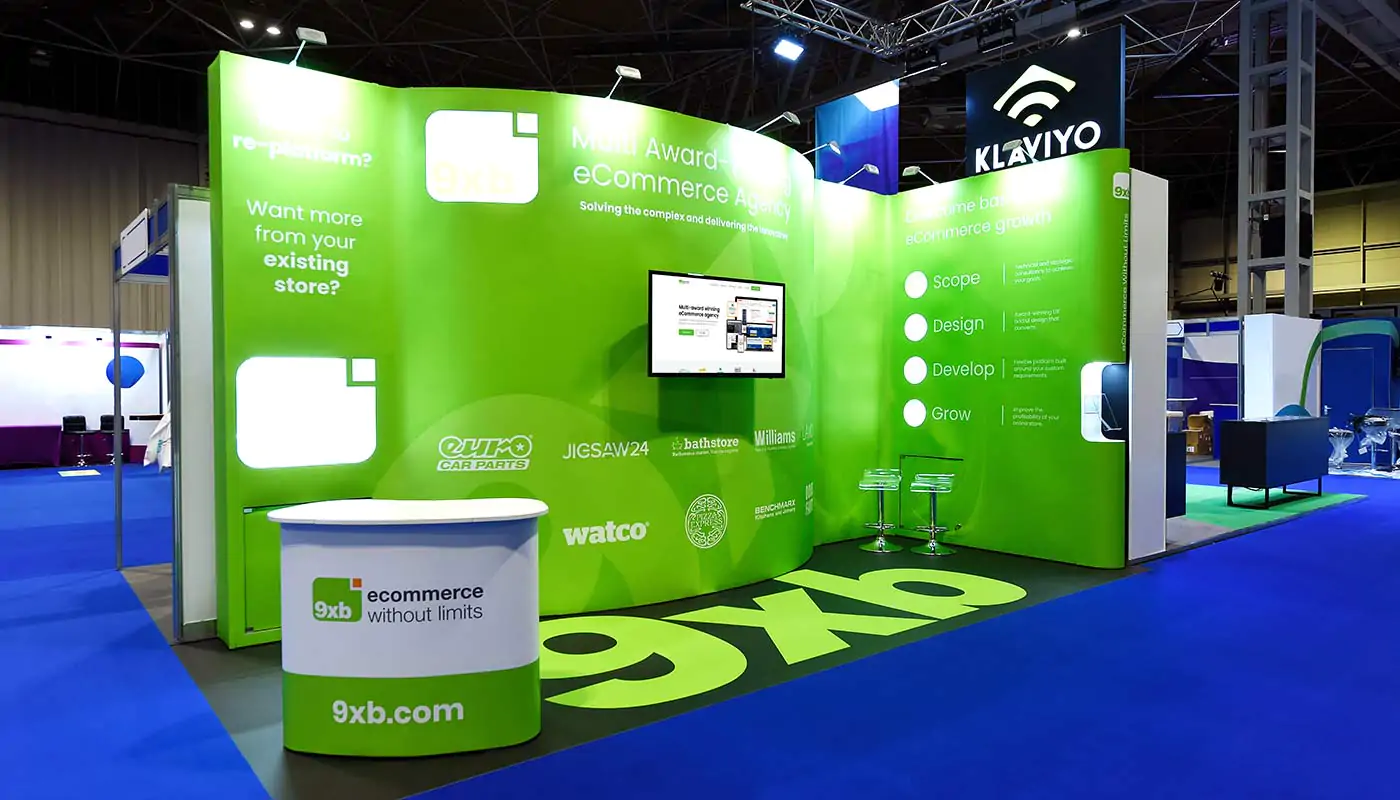
Planning an exhibition is a tedious job, especially considering the modern times when you got to be a step ahead to really capture people’s attention. There are many things that you need to look after, from booking the venue to every little tiny detail; there’s just so much that goes into building a successful exhibition for your brand.
As much as exhibitions can do for your brand, they come with a cost. Therefore, it is very important that you plan early and work up a budget.
Follow these 5 steps, and you will have the perfect budget for your exhibition.
1. Company budget and objective:
The first thing that you should see is your company budget; every year, a company allocates a certain amount for marketing.
It is the most crucial factor when organizing an exhibition, setting the base for you to build the exhibition and make the right choices.
Plan the objective of your company, and find out exactly what you want to achieve from the exhibition, and that will help you plan your upcoming finances better.
2. Exhibition stand:
The most eye-catching thing would be your exhibition stand. You need to spend carefully on your exhibition stand, keeping in mind your budget as it will be the centerpiece.
You should not spend your money on buying stands; rather, opt for renting one to save additional costs. Since this is the most expensive part of your exhibition, plan wisely and try to save on this part by choosing the right company to get it from.
You might want to check out Tecna Uk as they offer compact, reusable, and unique exhibition stands perfect for your next exhibition.
3. Promotions:
Another crucial part of your exhibition budget is marketing. Make sure that you have enough budgets to cover social media marketing, giveaways, sponsorship, and influencer promotions.
These expenses are carried out before the event, so make sure that you allocate at least 5% of your budget towards the marketing of your exhibition. Moreover, you might want to consider printing costs when printing flyers and posters that you might need for further publicity.
Only a successful marketing campaign before the event can capture attention and ensure a turnout that is beneficial for your brand.
4. Other expenses:
These are the small but essential expenses. They include your staff, their pay, transportation (if any), and their food, as they will be at the forefront of actually selling your brand to people. So choose people with experience that understand your brand and its values and are good at building your brand’s image.
Moreover, you will need to spend on refreshments, entertainment, and any other thing that you want to add to your exhibition, for example, decorative items; it is highly recommended that you rent any decoration that you’re going to add instead of spending on buying the items just for the exhibition.
5. Miscellaneous costs:
These are the costs that you didn’t plan, maybe because you overlooked any expense or just because you needed as much of a realistic budget as you have made; there are bound to be expenses that you didn’t see coming, thus disrupting your whole budget. By putting aside a portion of your budget for these costs, you can save going over your budget.
For your next exhibition, use these 5 steps when creating your budget to have a smooth organizing experience and a successful exhibition.
Leave a Reply